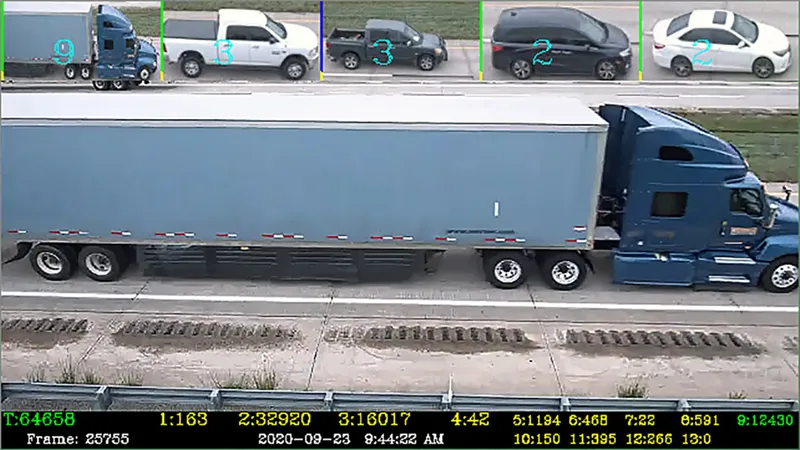Stalker Radar is debuting its new Traffic Analyst, a traffic data tool, to the ITS industry at this week’s ITS World Congress.
The software enables traffic professionals to collect and analyse data from traffic sensors for a variety of applications, including grant applications, traffic management and planning, and law enforcement. Stalker Traffic Analyst also enables sensor configuration, survey management, analysis and reporting.
The company's family of Stalker traffic sensors is also on demo at the
October 12, 2016
Read time: 2 mins

The software enables traffic professionals to collect and analyse data from traffic sensors for a variety of applications, including grant applications, traffic management and planning, and law enforcement. Stalker Traffic Analyst also enables sensor configuration, survey management, analysis and reporting.
The company's family of Stalker traffic sensors is also on demo at the exhibition, including its Stationary Speed Sensor II and Traffic Statistics Sensor, in both single-lane and multi-lane models.
Its Speed Sensor II is compact and lightweight, allowing it to fit almost anywhere, and uses digital signal processing, enabling it to track vehicles moving toward, away or in both directions simultaneously.
Stalker’s Traffic Statistics Sensor is a self-contained system to monitor and record traffic patterns on roadways in any location and weather condition, tracking up to 10 moving vehicles simultaneously. Data can be collected and easily downloaded to a PC for analysis and presentation using Stalker’s Traffic Statistics app.










